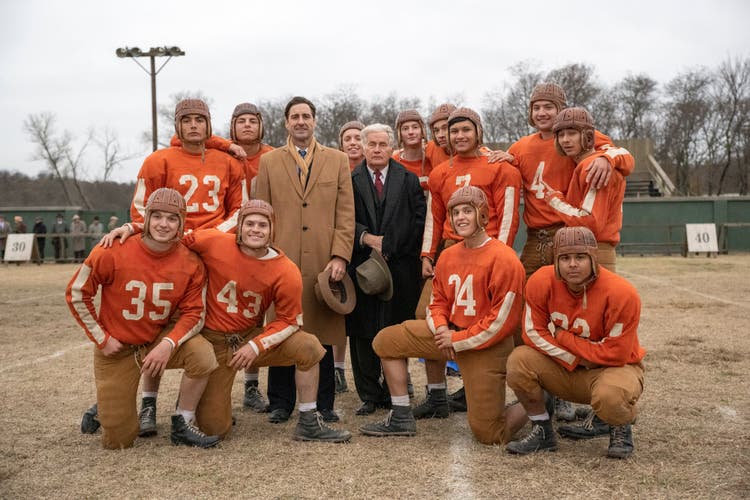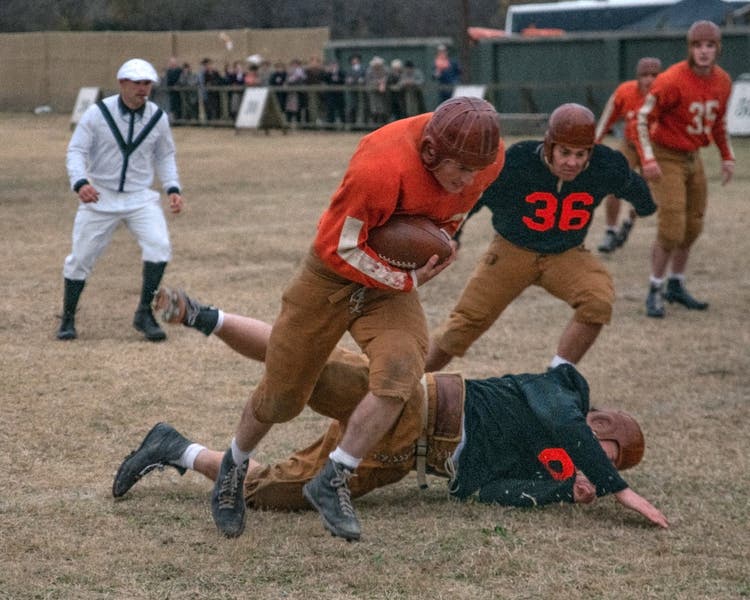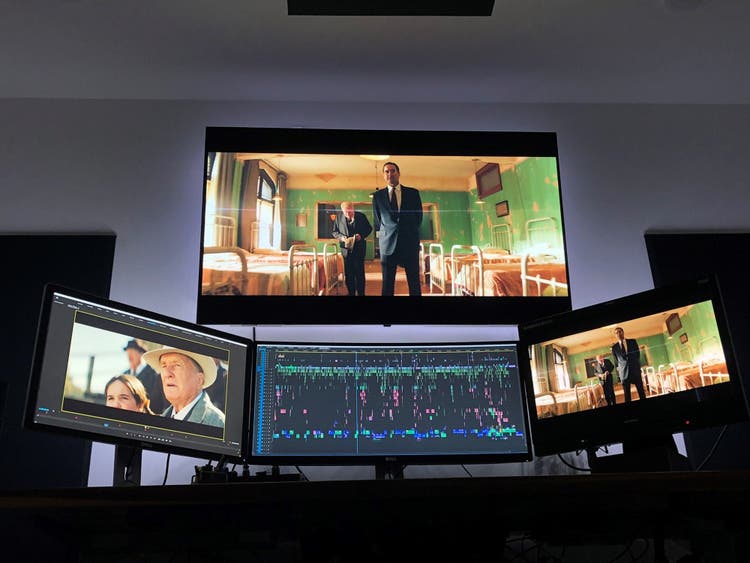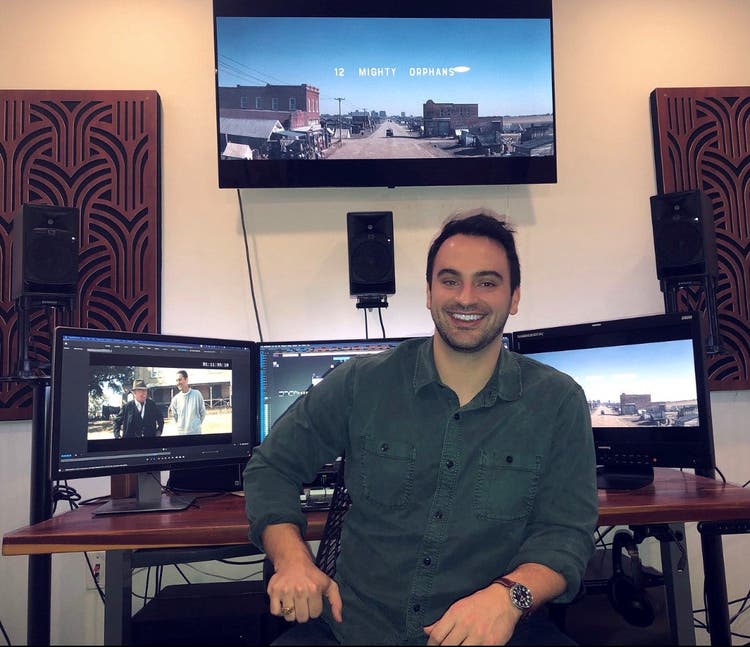An editing playbook from 12 Mighty Orphans

Image source: Sony Pictures Classics.
From Sony Pictures Classics, 12 Mighty Orphans tells the story of a Fort Worth orphanage whose underdog football team goes from playing football without shoes to playing in the Texas state championships. Against the backdrop of the Great Depression, the film is a testament to resilience and perseverance.
The film’s editor, James K. Crouch, shares some tips from his editing playbook and illustrates how Premiere Pro helped bring this inspiring true story to the big screen.
How and where did you first learn to edit?
I learned to edit at a small private school in Austin, TX called St. Edward’s University. They didn’t have a film school, but there was an amateur film group called Topper TV. Editing was the first job they assigned to me. After that, I bought every single book on editing I could find to learn editing theory. From there, I explored YouTube for videos of other editors’ specialized techniques. I also learned how to use Premiere Pro from watching videos online.
How do you begin a project/set up your workspace?
I have a meticulously organized project file that I use for every assignment, and I’m almost constantly updating it. Either my assistant (if I’m lucky enough to have one) or I start binning up whatever needs to be organized. When I’m ready to cut, I begin with more manageable tasks to get going, like more simple scenes or cutting selects. Then, I dive into the more creative work.
Tell us about a favorite scene or moment from this project and why it stands out to you.
There are so many to choose from, but my favorite 12 Mighty Orphans scene is probably where Hardy Brown, the lead Orphan football player, gives his big halftime speech in the locker room. After the Orphans had taken a beating from a much bigger team, Hardy gives an inspiring speech intercut with shots of the first half of the game.

Image source: Sony Pictures Classics.
What were some specific post-production challenges you faced that were unique to your project? How did you go about solving them?
The biggest challenge was working remotely during the pandemic. The director, Ty Roberts, and I were right in the middle of the fine cut when quarantine was announced. To share clips back and forth, we relied on the Frame.io extension in Premiere Pro for longer sequences, and iMessage for shorter clips. It worked pretty well for us in the last stages of the edit, but not so much for his iMessage storage.
What Adobe tools did you use on this project and why did you originally choose them? Why were they the best choice for this project?
I used Premiere Pro, which is the same software I’ve used on all five features I’ve cut. I started editing almost eight years ago when everyone seemed to be leaving Final Cut. I’m so used to Premiere Pro now that I never have to think about the technical stuff anymore — I can concentrate on editing.
What do you like about Premiere Pro, and/or any of the other tools you used?
I love how user-friendly and customizable Premiere Pro is. It’s great for me since I work off of fast SSD’s and proxies. Additionally, I started working in 5.1 surround sound this past year, and I have no plans to go back to stereo.

What’s your hidden gem/favorite workflow hack in Adobe Creative Cloud?
My favorite hidden gem is working with stacked or pancaked timelines. I believe it was coined by the editor Vashi Nedomansky. It’s instrumental to how I edit.
Who is your creative inspiration and why?
Lately, I’ve been really into Matthew Hannam’s work. What he did on Possessor was extraordinary. I also really enjoyed Joi McMillan’s fantastic work on The Underground Railroad.
What’s the toughest thing you’ve had to face in your career and how did you overcome it? What advice do you have for aspiring filmmakers or content creators?
The most challenging things for me were building a network and a portfolio. I wasn’t prepared for the social aspect of getting work. It’s a constant hustle that doesn’t ever end, but it’s essential — work doesn’t just fall into your lap. When building a portfolio, you have to focus on projects that you don’t necessarily want to so you can gain knowledge and experience, often for little to no pay. But again, it’s essential because those people will refer you, and most of the time, referrals are how you get jobs.
Share a photo of where you work. What’s your favorite thing about your workspace and why?
The best thing about my workspace is my ultrawide monitor in the middle of my setup. I use it for my timeline. It’s perfect when you need to fly down a sequence or when you have fifty audio tracks.

12 Mighty Orphans is now playing in theatres.